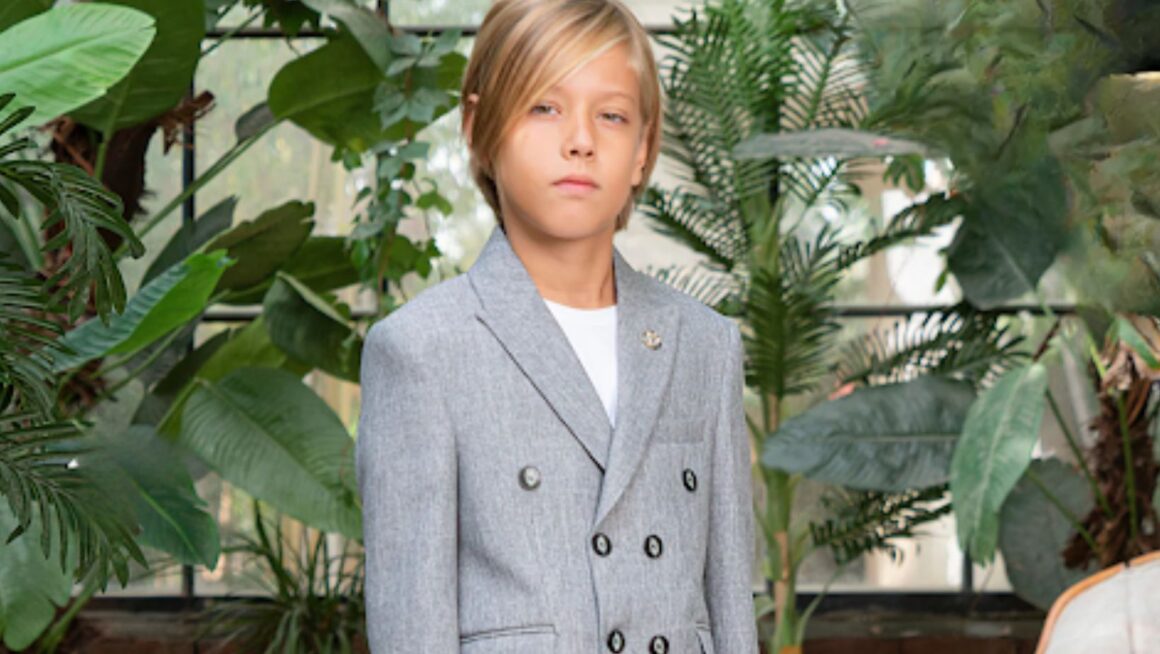Dressing children can sometimes feel like a daily puzzle. One minute, the morning is chilly and crisp. By afternoon, the sun shines bright. With school schedules, after-school activities, and weekend events, parents quickly see the need for versatile outfits that respond to changing conditions. That’s why layering is essential.
Layering isn’t just about warmth. It’s also about comfort, flexibility, and style. When done right, it lets kids move smoothly from classrooms to birthday parties or from the playground to holiday gatherings without losing practicality. This guide explains the basics of seasonal layering to help you create a wardrobe that works year-round.
Why Layering Matters for Kids
Children are active, energetic, and sensitive to temperature changes. One outfit often isn’t enough from morning until night. Layering offers a solution by:
- Regulating comfort: Kids can add or remove layers based on activity and weather.
- Protecting fabrics: Outer layers keep delicate clothing safe from spills and dirt.
- Extending wardrobes: Pieces can be mixed and matched, allowing outfits to last longer.
- Blending function with fashion: Layering lets kids look stylish while being comfortable.
For parents, the most significant benefit is peace of mind. A layered outfit means fewer worries about kids getting too hot, too cold, or uncomfortable during busy days.
The Base Layer: Comfort Comes First
The base layer is the foundation of every outfit. It goes directly against the skin, so it should always be soft, breathable, and flexible.
Fabrics to choose from: Cotton, bamboo, or moisture-wicking blends.
Examples: T-shirts, tank tops, lightweight leggings, or tights.
Rule of thumb: Keep it fitted but not restrictive.
A good base layer ensures that no matter how many pieces are added on top, kids will feel comfortable throughout the day.
The Middle Layer: Style Meets Warmth
The middle layer adds personality and insulation. This is where kids’ unique styles can shine while also providing a buffer against the weather.
- Popular choices Include Button-up shirts, cardigans, hoodies, and long-sleeve t-shirts.
- For formal occasions: Vests, blazers, or sweaters over collared shirts.
- For everyday wear, try graphic tees layered under open shirts or dresses, paired with cozy cardigans.

This layer is the most versatile—it can be taken off if it gets warm or kept on for a polished look.
The Outer Layer: Protection Against the Elements
The outer layer acts as a shield. Depending on the season, it could be a lightweight jacket, a raincoat, or a heavy winter coat.
- Fall/Spring: Denim jackets, bomber jackets, or trench coats.
- Winter: Insulated parkas, snowsuits, or wool coats for special occasions.
- Rainy days: Waterproof shells paired with umbrellas and boots.
This layer should always be easy to take off and put back on, as kids frequently move between different environments.
Accessories: The Unsung Heroes of Layering
- Accessories are more than just decoration; they make layering practical.
- Scarves and hats add warmth without bulk.
- Belts help with fit when combining multiple layers.
- Shoes include sneakers for school, boots for outdoor play, and dress shoes for formal events.
- For special occasions, ties, headbands, or sparkly shoes instantly elevate an outfit.
- Accessories also let kids express their individuality while keeping outfits functional.
Layering for Different Occasions
At School
Kids need clothing that balances practicality and style. Pairing a graphic tee with a zip-up hoodie and a light jacket allows them to adjust their outfit throughout the day. Durable shoes complete the look for recess and sports.
At Playdates or Outdoor Activities
Comfort and movement are key. Consider pairing leggings with a tunic top, or layering joggers with a sweatshirt and a waterproof shell. Shoes should be easy to slip on and sturdy for play.
At Special Events
Formal occasions need a slightly elevated approach. A collared shirt under a sweater with a blazer on top works perfectly for boys. For girls, dresses with tights, cardigans, and a coat offer both style and warmth. Adding accessories like bow ties, belts, or headbands makes the look feel complete.
Seasonal Transitions: Tips for Parents
Invest in versatile pieces. Neutral colors and timeless cuts mix and match easily.
Think about growth. Slightly larger outer layers can last multiple seasons.
Prepare for quick changes. Keep an extra layer in the backpack for unexpected weather shifts.
Balance comfort and polish. Kids should feel at ease whether they’re on the playground or at a family celebration.
Where to Find Layering Essentials
Parents don’t have to look far for outfits that combine comfort, style, and practicality. Junior Kids offers a wide range of seasonal clothing—from everyday basics to formal pieces—that make layering easy and fun. Our collections are designed with both kids and parents in mind, ensuring children are always dressed for the moment.
What makes this selection stand out is the balance between functionality and fashion. You’ll find breathable base layers that are soft on the skin, versatile mid-layers like sweaters and cardigans that can be dressed up or down, and durable outerwear designed for Canada’s changing seasons.
Special-occasion pieces, such as blazers, dresses, and accessories, ensure that children look polished at family gatherings, weddings, or school concerts without sacrificing comfort. Another advantage is the ability to mix and match. Many items are made with neutral tones or timeless patterns, making it easy to pair them with bolder statement pieces. This gives parents more value, as a single jacket, cardigan, or pair of shoes can work across multiple outfits and occasions.
Conclusion: Layering as a Lifestyle
Seasonal layering isn’t just a fashion trend; it’s a practical strategy to ensure kids are ready for anything the day brings. By mastering the art of combining base, middle, and outer layers, parents can create outfits that are adaptable, stylish, and comfortable.
From school mornings to weekend events, layering helps children move confidently through every season. With the right wardrobe essentials, parents can turn daily outfit decisions into simple, stress-free routines that keep kids looking and feeling their best.

